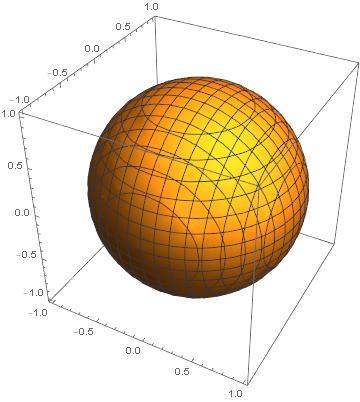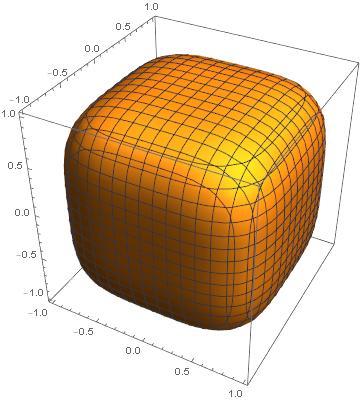What is the limit volume of this figure as n goes to infinity?
Note: I am asking for a numeric answer. If you can determine the answer without actually figuring out the limit, then that is OK.
The absolute values of , and are . is a positive even integer, i.e., . The values are all .
What is the limit as from below of the volume of the figure such that is true and the absolute values of , and are .
For your assistance, here are two pictures from the beginning of the sequence.
For n=2,

For n=4,

This is not a requirement to solve this problem. If you like, then determining this limit will give you a major clue:
The answer is 8.000.
This section requires Javascript.
You are seeing this because something didn't load right. We suggest you, (a) try
refreshing the page, (b) enabling javascript if it is disabled on your browser and,
finally, (c)
loading the
non-javascript version of this page
. We're sorry about the hassle.
The major clue limit is 1 . As the even integer n goes to + ∞ from below, the figure becomes more cube-like. At the limit, it is a cube. The volume is 2 3 or 8 .